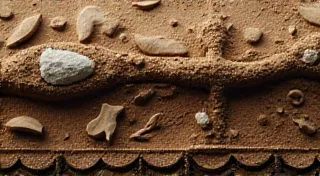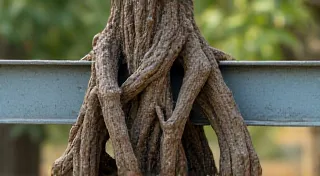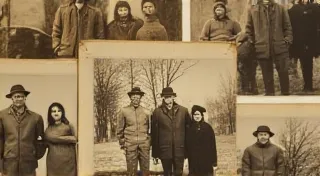The Geometry of Celebration: Ritual and Play in Rural Societies
There's a peculiar poignancy in discovering a forgotten accordion tucked away in an attic, its bellows stiff, its keys silent. Beyond the dust and the disrepair, you sense a history – a heartbeat of community, of laughter, of shared rituals. It’s not just an instrument; it’s a time capsule, whispering tales of celebrations long past. And as I’m learning, those celebrations, those moments of joyous release, are often deeply intertwined with the geometric principles underlying traditional games - the very fabric of rural cultures across the world.
My grandfather, a taciturn man of the Appalachian mountains, rarely spoke of his childhood. But one sweltering summer afternoon, while rummaging through his belongings, I found a hand-carved wooden hoop and stick. He finally broke his silence, explaining it was used for a game called "hoops and sticks," a common pastime in the region centuries ago. It wasn’t just idle fun; it was a game of skill, a test of agility, and, crucially, a communal activity – a shared experience cementing bonds within the close-knit community. Later, researching its origins, I noticed a striking pattern: the way players maneuvered the hoop, the circular path it traced, the precise angles needed to propel it across the field—all reflected a profound understanding and reverence for cyclical patterns mirroring the seasons, the movements of the sun, and the harvest cycle.
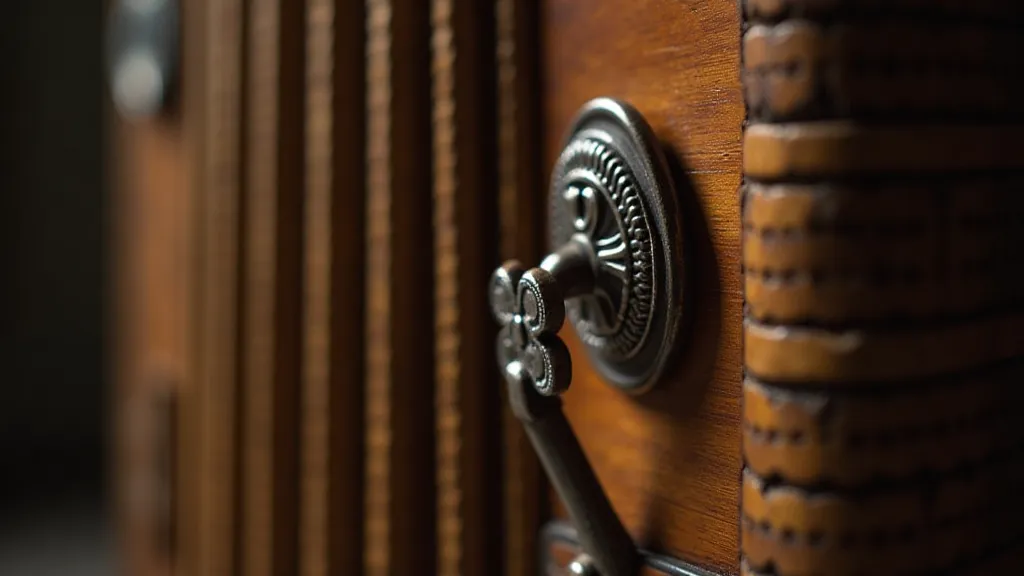
Circles, Squares, and the Cosmos
The recurring themes in traditional games aren't arbitrary. Consider the popularity of games involving circles, squares, and triangles across diverse cultures. In many Indigenous communities of North America, games involving ball-playing—like lacrosse or various stickball variants—often incorporate circular fields, representing the cyclical nature of life, death, and rebirth. The circular shape allows players to move freely, mimicking the orbits of celestial bodies, and creating a sense of wholeness and interconnectedness. The precise placement of players, the passing patterns, the strategic movements – these are not just random actions; they're a choreographed dance reflecting the harmony of the cosmos.
Moving eastward, to the rural villages of Japan, the game of *Menko* – a card-stacking game – demonstrates a different, yet equally symbolic geometric expression. While seemingly simple, the act of stacking the cards requires a keen eye and careful placement, mirroring the principles of balance and stability essential to Shinto beliefs, which emphasize harmony with nature. The stacking itself embodies a vertical progression, a reaching toward the divine, while the inherent risk of the tower collapsing signifies the fragility of existence.
Even in seemingly more "unstructured" games, the underlying geometry reveals itself. Rural European folk games often involve fields or designated areas marked by lines or stones, creating a grid-like system that defines play space. This grid isn’s simply about boundaries; it represents the division of land, the organization of agricultural fields, and the structured order upon which rural societies are built. Games become a playful re-enactment of the rhythms of agricultural life.
The Craftsman's Hand and the Game’s Essence
The beauty of these games is not solely in their abstract symbolism. The objects themselves – the hoops, the sticks, the cards, the balls – are often testaments to the craftsman's skill. Think of the intricately carved wooden hoops of Appalachia, or the hand-stitched leather balls used in various European folk games. Each object is imbued with the maker’s dedication and artistry, transforming a simple tool into a treasured heirloom.
I’ve spent considerable time examining antique accordions, marveling at the meticulous craftsmanship involved. The bellows, painstakingly assembled from layers of treated cloth; the keys, precisely weighted and tuned; the intricate carvings adorning the wooden casing – all speak to a level of dedication rarely seen in modern mass-produced goods. The same principles apply to the creation of traditional game pieces. A well-made hoop wasn't just a hoop; it was a work of art, designed to be both functional and aesthetically pleasing. The tactile quality, the weight, the feel of the wood in your hands – these qualities enhanced the playing experience and created a deeper connection to the game and the community that played it.
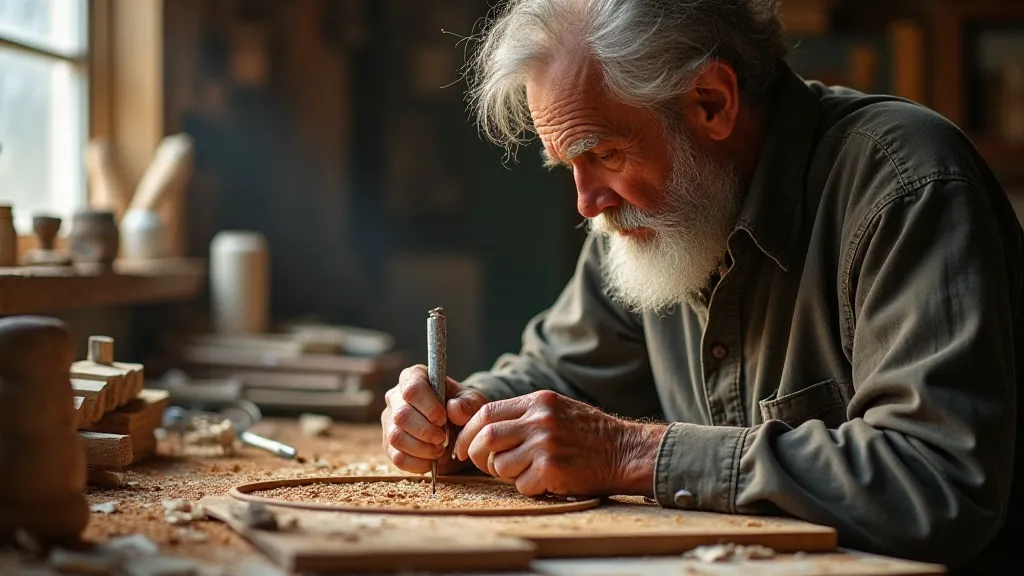
Restoration and Remembrance
Today, many of these traditional games are fading from memory, replaced by digital distractions and standardized entertainment. However, there's a growing movement to revive them, to reconnect with our cultural heritage, and to appreciate the simple joys of communal play.
Restoring an antique accordion – or a cherished game piece – isn’t just about repairing damaged goods; it’s about preserving a piece of history. It's about understanding the skills and ingenuity of past generations and appreciating the cultural significance of these objects. For those interested in collecting, focusing on games specific to a particular region offers a fascinating way to delve into the history and traditions of that area. Understanding the construction techniques – the types of wood used, the stitching patterns, the decorative elements – can greatly enhance your appreciation for these artifacts.
Beyond the Rules: The Enduring Power of Play
Ultimately, the geometry of celebration in traditional games lies not just in the shapes and arrangements, but in the spirit of community it fosters. These games were, and can be again, opportunities to share laughter, build relationships, and strengthen bonds within a community. They are a powerful reminder that play is not frivolous, but an essential part of what it means to be human. Finding a forgotten game, restoring a broken toy, learning the rules of a centuries-old pastime—these acts are a way of honoring the past, celebrating the present, and ensuring that the vibrant culture of rural societies continues to resonate for generations to come.



